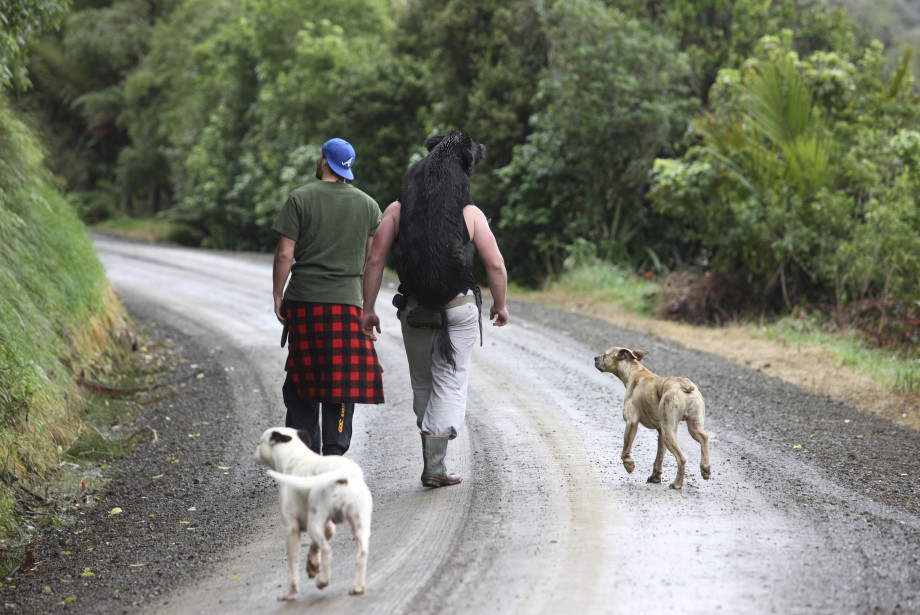Hunting
You can help protect Kauri from the PA pathogen that causes kauri dieback disease.

Here’s how to protect Kauri when you’re hunting in a Kauri forest:
- Stay out of Kauri forests when the ground is wet.
- Plan your hunt to avoid Kauri, and know your routes before you head out. If possible, begin your hunt higher in the landscape and move downhill.
- Carry and use a hygiene kit (see the Hunting flyer, below) and use all hygiene stations you come across.*
- Stay out of Kauri Hygiene Zones, which is the root zone area that extends about three times the radius of a Kauri tree’s canopy (see the Hunting flyer, below). If you can’t avoid Kauri Hygiene Zones, you’ll need to clean all your items before entering, and when leaving, Kauri Hygiene Zones.
- Arrive clean, stay clean, leave clean. Clean your footwear and all gear that will touch the forest floor, so it is dirt-free before you enter and leave the forest.** This includes cleaning dogs’ paws with a soft cloth where possible. Also clean these items when moving between Kauri Hygiene Zones.
*If you don’t use hygiene stations, you could receive an infringement notice and fine, or a criminal conviction, according to rule 9 of the National Plan for the protection of Kauri.
**If you go off-track and don’t clean these items, you could receive an infringement notice and fine, or a criminal conviction, according to rule 8 of the National Plan for the
protection of Kauri.
Releasing animals into Kauri forests is prohibited
The release of animals, including pigs, into Kauri forests, is prohibited, under rule 7 of the National Plan for Kauri. Failure to comply may result in prosecution.
The National Plan for the protection of Kauri
In August 2022, a National Plan was launched to help protect Kauri from the PA pathogen. The National Plan includes 10 rules that apply to anyone who goes into Kauri forests, grows Kauri, or lives or works around Kauri.
All Blacks video: Clean your boots to keep the Kauri standing
Watch how to protect Kauri while you’re hunting on the All Blacks YouTube video: Clean your boots to keep the Kauri standing